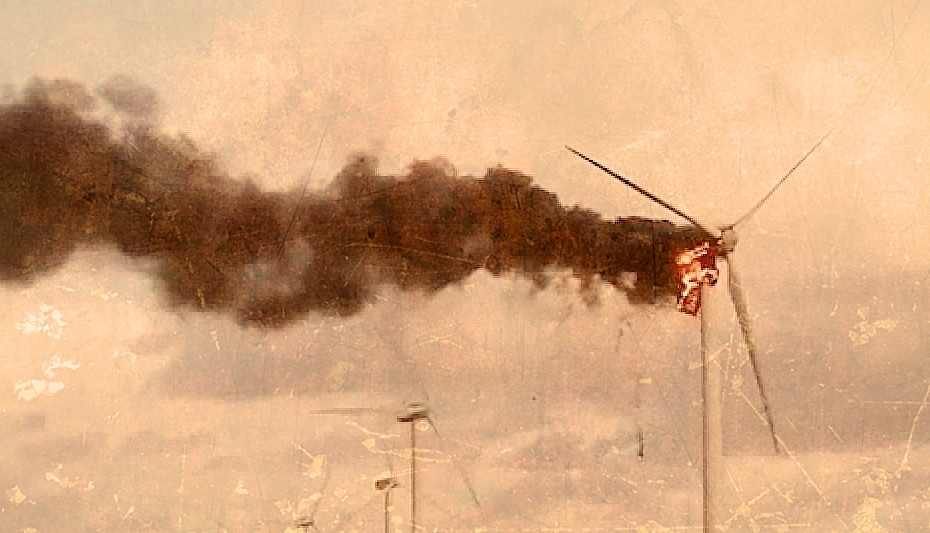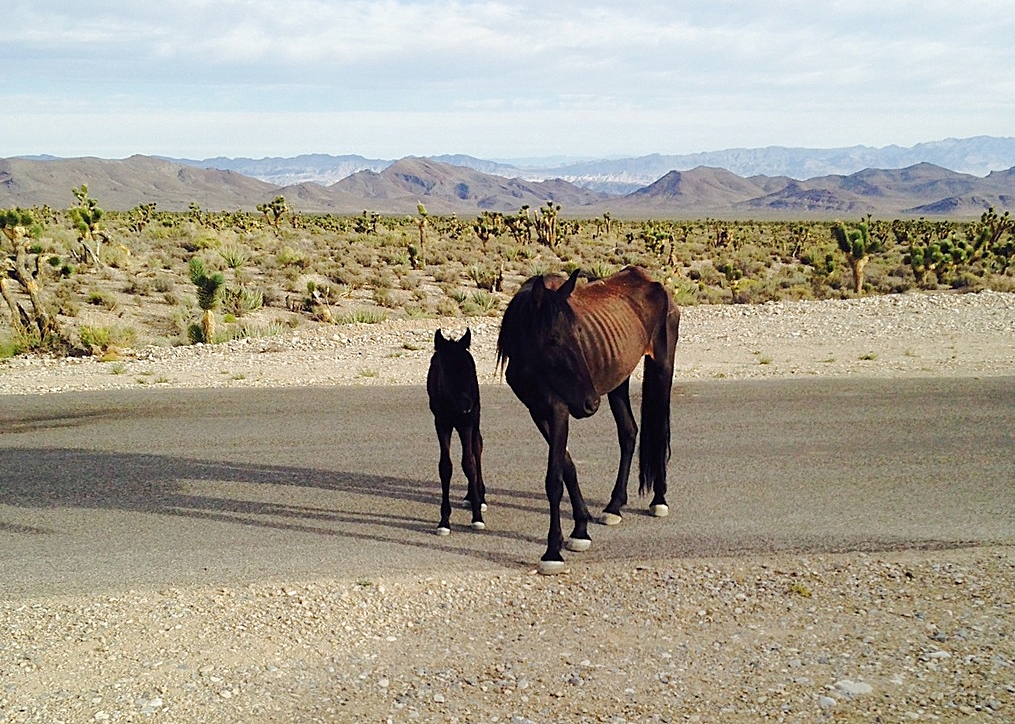Trees are nature’s gift that keeps on giving, because carbon stays in the wood even after trees die. Westerman explains, “40-50 percent of dry wood by weight is carbon. Think of forests, wood buildings and other wood products as an above-ground storage system for carbon that was once stored in coal seams and oil reservoirs.” Thus, there is no limit to how much carbon trees can absorb and store, in living forests, and in wood products.
Planting Trees For Our Descendants
“Johnny Appleseed” was a legend by the time he died around 1845. The pioneer nurseryman introduced apple trees across a vast swath of the Midwest, and is revered as one of the earliest leaders of the fledgling conservation movement. Planting trees has been a noble pursuit for centuries, with heroes like him as role models.
Perhaps future generations will view German student Felix Finkbeiner with similar admiration. While others make films about global warming, Felix plants trees. At age nine, he started Plant-for-the-Planet, which now has 130 employees and 70,000 members in 67 countries. Their Yucatán Peninsula project plants a tree every 15 seconds and has covered over 50,000 acres. The group partnered with the UN to launch the Billion Tree Campaign, which obviously wasn’t ambitious enough – the project has already planted 14 billion trees, with funding from companies, non-profits and governments worldwide.
 That led to the World Economic Forum’s “Trillion Trees Initiative,” to which President Trump has committed the United States. Rep. Bruce Westerman (R-AK), a professional forester now in Congress, has introduced legislation to make the goal official policy. It would create incentives for the use of wood products, finance tree planting, and provide tax credits for building practices involving sustainable wood products. The “Trillion Trees Act” cites an American Academy for the Advancement of Science report, showing that planting a trillion trees could capture 205 giga-tons of carbon, two-thirds of the total of all manmade carbon since the Industrial Revolution.
That led to the World Economic Forum’s “Trillion Trees Initiative,” to which President Trump has committed the United States. Rep. Bruce Westerman (R-AK), a professional forester now in Congress, has introduced legislation to make the goal official policy. It would create incentives for the use of wood products, finance tree planting, and provide tax credits for building practices involving sustainable wood products. The “Trillion Trees Act” cites an American Academy for the Advancement of Science report, showing that planting a trillion trees could capture 205 giga-tons of carbon, two-thirds of the total of all manmade carbon since the Industrial Revolution.
The initiative is gaining momentum around the world, uniting political interests that are usually at odds. That’s because trees and forests not only provide jobs and building materials, but also turn carbon dioxide into oxygen, and reduce greenhouse gases, better than anything mankind has discovered. As Congressman Westerman says, correctly, “I challenge anyone to find a better climate solution than taking care of our forests.”
If anything, that is an understatement. The U.S. Geological Survey says 91 million metric tons of carbon are naturally stored (sequestered) every year – 10 percent in oceans and 90 percent on land, mostly by trees. In the U.S., forest fires return about 13 percent of it to the atmosphere. From an environmental perspective, fires release CO2, while healthy trees absorb it.
Though the “trillion” number sounds daunting, the goal is attainable. Some climate activists say it isn’t enough, and some have said the money should be spent paying advocates instead (surprise). Mostly, the token opposition has been predictable. One writer says planting trees “could distract from other efforts to slow down climate change, like stopping fossil fuel pollution…” The World Resources Institute says “Let’s protect the existing forests and not just be planting trees.” But most leaders know this plan might actually work. All of the environmental regulations, conferences, summits, studies, and films have failed to convince people to stop using energy to enhance their lives. Imagine all that time and money spent planting trees.
Trees are nature’s gift that keeps on giving, because carbon stays in the wood even after trees die. Westerman explains, “40-50 percent of dry wood by weight is carbon. Think of forests, wood buildings and other wood products as an above-ground storage system for carbon that was once stored in coal seams and oil reservoirs.” Thus, there is no limit to how much carbon trees can absorb and store, in living forests, and in wood products.
Some question whether that many trees can be planted that fast. They should meet Wangari Maathai, a Nobel Peace Prize Laureate in Kenya who worked to plant over 30 million trees across Africa as part of her “Green Belt Movement.” Or Brazilian photographer Sebastião Salgado and his wife Lélia, who have planted 4 million saplings and restored a forest where over 99 percent of the trees were gone. Today, that forest supports 172 bird species, and hundreds of species of plants and wildlife – just two people did that.
The British company, Dendra, plans to plant 500 billion trees using drones, which they say can plant two trees every second. Another dedicated CEO, Marc Benioff of Salesforce, is committed to planting 100 million trees with his own money.
One critic carped, “We need action now; this won’t do any good for 100 years.” How shallow. What should our generation leave behind – trillions in debt, or trillions of trees, the ultimate gift to the future? Quaker theologian Elton Trueblood famously wrote, “One has come to the full meaning of life when he is willing to plant shade trees under which he knows he will never sit.”
This column originally appeared in the Grand Junction Daily Sentinel February 21, 2020.
See more from Greg Walcher here
Free Range Report
Thank you for reading our latest report, but before you go…
Our loyalty is to the truth and to YOU, our readers!
We respect your reading experience, and have refrained from putting up a paywall and obnoxious advertisements, which means that we get by on small donations from people like you. We’re not asking for much, but any amount that you can give goes a long way to securing a better future for the people who make America great.
[paypal_donation_button]
For as little as $1 you can support Free Range Report, and it takes only a moment.



